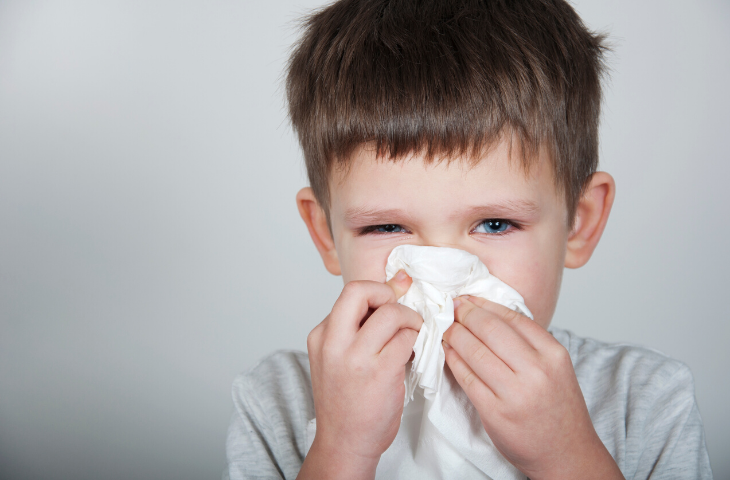Why is there so Much Illness at School?
Germs and viruses can be shared among kids faster than the latest supermarket collectible, and if you don’t maintain a clean school then students are left more susceptible to all kinds of nasty bugs and increased illness at school.
While parents are of course expected to keep their kids at home when sick, it’s not always so easy for them to tell if their child is in fact, contagious. The common cold and flu are most infectious during the first five days but kids can continue to be infectious for a further two weeks, even after they start to feel better, making it near impossible for parents to know for sure if it’s safe to send them back to school.
Because it’s not realistic to depend solely on parents knowing that their children are contagious, good hygiene remains the best defense against the spread of illness at school.
Spreading Germs
A study conducted by the University of Arizona placed a virus on just one commonly-touched surface (such as a doorknob or benchtop) within an organisation. Throughout the day, researchers checked a variety of other surfaces throughout the entire institution. They found that within two to four hours, the virus had spread to almost 60% of surfaces.
When shared surfaces are not cleaned well, illness at school can spread quickly and easily, and a highly-contagious virus or infection could sweep through a school in no time.
For the well-being of students and staff, maintaining a clean and hygienic environment throughout each day is vital, and with the right cleaning products and approach, it’s actually quite simple.
Tips for Slowing Illness at School:
- Choose the appropriate product for the job, as one product will not suit all surfaces. For instance, an abrasive cleaner applied to a high-sheen surface might permanently damage it. Choose a cleaning product specifically designed for your flooring, windows, doors, tables, and benchtops
- When buying cleaning products for school, cost shouldn’t be the only factor. A small investment in the correct cleaning products might save you a lot in time, money, and productivity in the long run
- Where possible, look for eco-friendly cleaning products. There are many products available that are less harmful to the environment, and to sensitive noses and lungs but still tough on dirt and germs
- Invest in quality cleaning equipment that will last
- Re-stock cleaning supplies regularly to ensure your cleaning schedule is maintained
- Ensure staff knows where the cleaning products and equipment are kept. If there is a spill throughout the day, don’t wait for the cleaners to attend to it at the end of the day. Spills should be cleaned immediately to remove any potential slip or trip hazard
- For desks, ensure you have cleaning wipes and hand sanitiser on hand
- Remind staff and students that hygiene measures such as handwashing with soap, catching sneezes and coughs in a tissue (and disposing of it immediately), or staying home when unwell are all important ways to prevent the spread of germs and the inevitable illness at school
A clean and tidy school decreases the likelihood of illness and lost days. Simple steps like displaying signage to remind students and staff to regularly wash their hands will help to reduce the spread of germs and keep everyone healthy and happy.
No products were found with the applied settings

